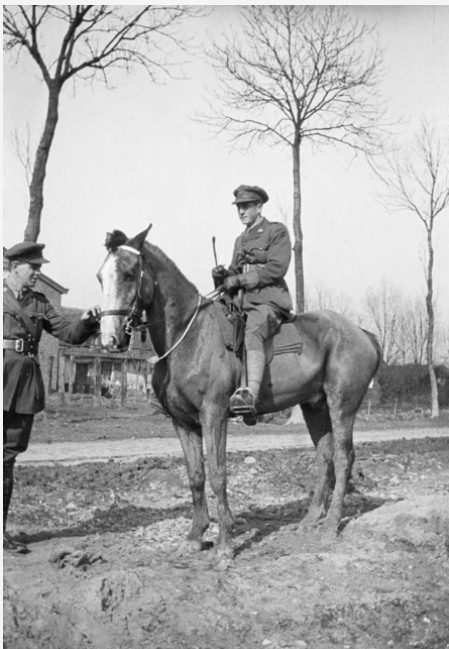Trooper Gordon Jowett
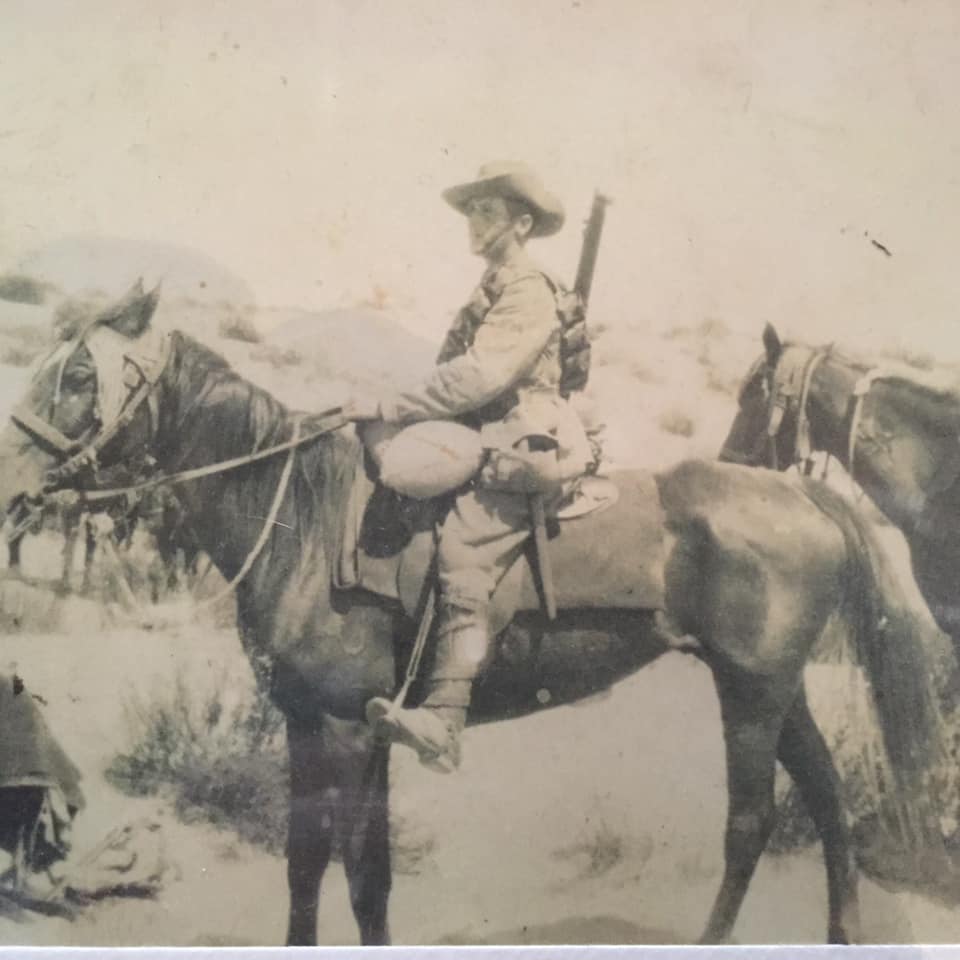
Waler Data Base @ Facebook; Image: Trooper Gordon Jowett, private collection, Donna Gordon Jowett-Poulos
Wonderful photo from Donna of her beloved grandfather, her description says it all…
“Trooper Gordon Jowett from Hurstville NSW but later from Sutherland. Served abroad for 3 yrs 119 days. Total service 4 yrs 6 days. He had two horses shot out from underneath him, was in the Battle of Beersheba- always told us all “you can’t say you can ride until you can gallop a camel” which he rode at the end. He also co – authored a poem that was published in the major press in Sydney “The road to Raffa”. He was a horseman his whole life his discharge papers say 2nd AMDS but when I researched it I am pretty sure it was 1st and then 4th Light Horse. He never discussed the war, we never found his medals – the only thing he ever said was the horror of the horses being bayoneted as they jumped the trenches… and he never discussed it . This pic was actually like a postcard which was sent to my grandmother- a man of few words like many of his generation “Thinking of you Flo” or similar xxx
The display of the mounted Light Horseman at the Australian War Memorial is almost perfect to this pic – the tack, the string fly veil, the uniform. Sadly, my cousins and I often say we wish we had a better understanding when we were young – sometimes pop was grumpy…. I wonder why but most of the time he was amazing as was nan, the women who waited.”
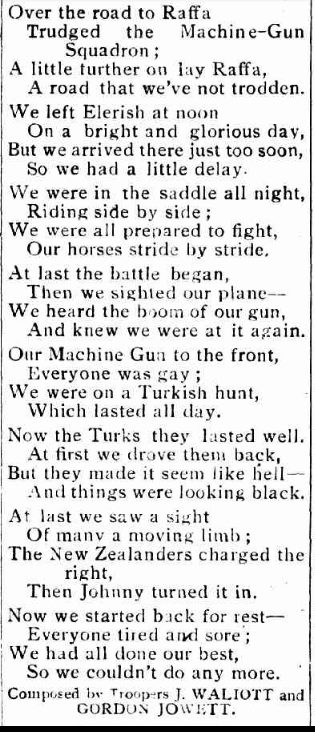
Image: The Road to Raffa, The Propellor, Hurstville NSW, 20 April 1917
Poem co-authored by Gordon Jowlett
The Light Horse regiments all had machine gun squadrons to start with, then a bit later the machine gunners were put under control of the various Brigades. That may help solve the riddle of what he was in. The AWM says 2nd Australian Machine Gun Squadron – does that mean attached to the 2nd Light Horse, would anyone know please? Or perhaps this was in fact the 2nd Machine Gun Battalion formed later in the war?
The machine gunners rode horses to get about and the machine guns were on pack horses; see pics below. Very skillful job, leading the packhorses particularly under fire. Had to unload and set up the machine guns and use special range finders to set them for the target. Horse holders had to rush the horses out of harm’s way.
Thank you so much, so good to see these private collection photos, and to hear the stories.
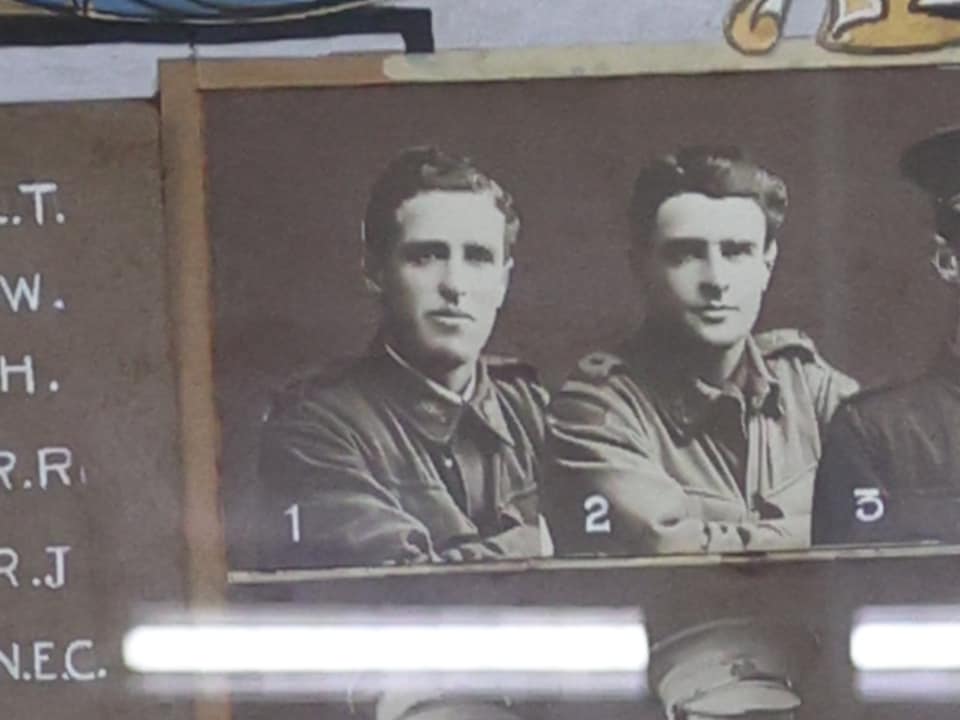
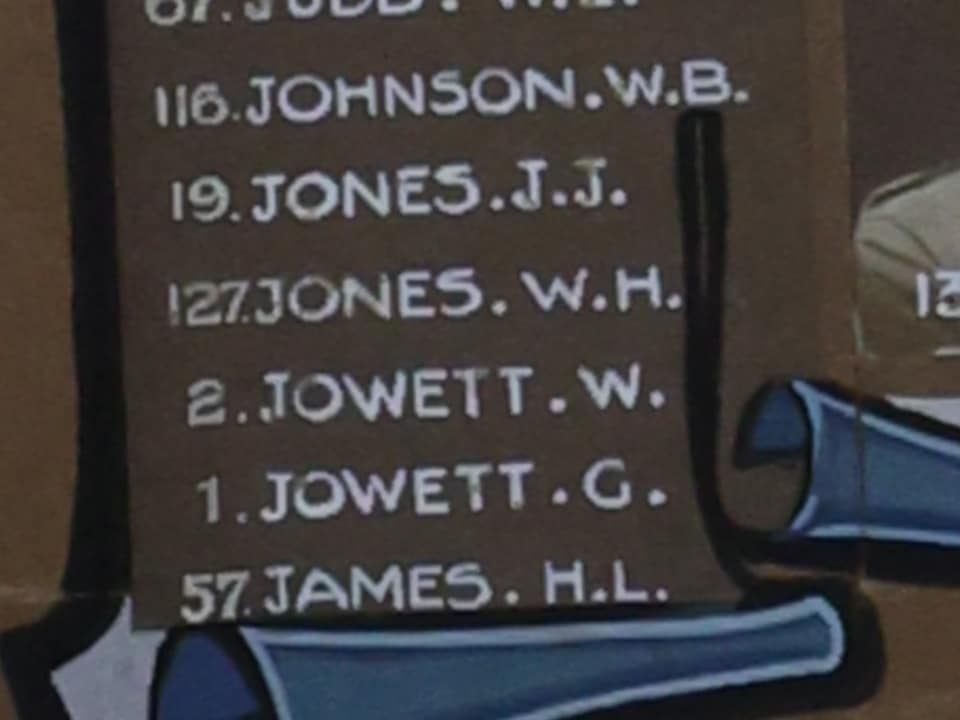
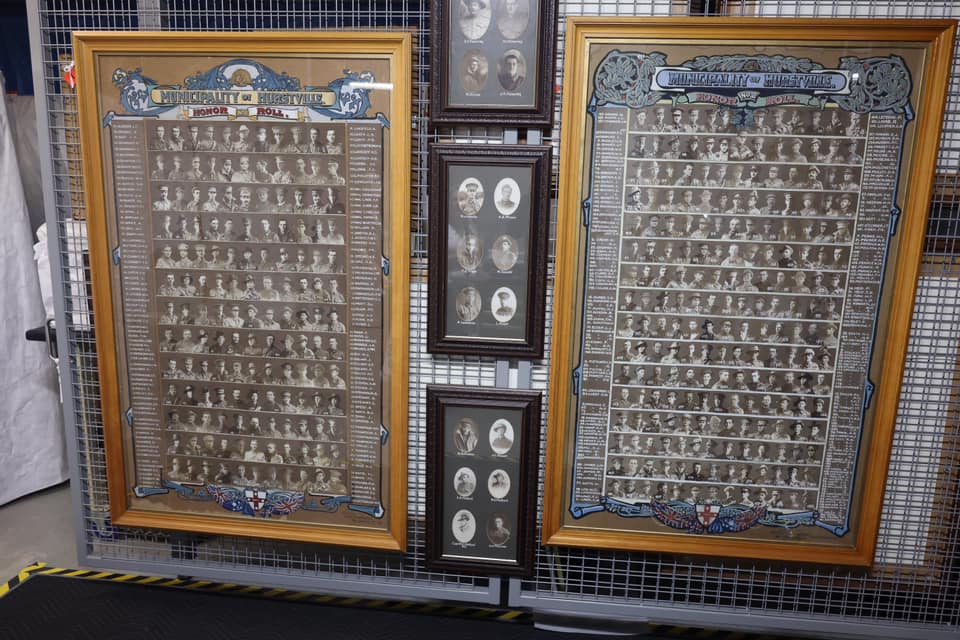
Brothers Gordon and Walter Jowett, images of the Honour Roll held at the Hurstville Museum supplied by Peter Coughlin
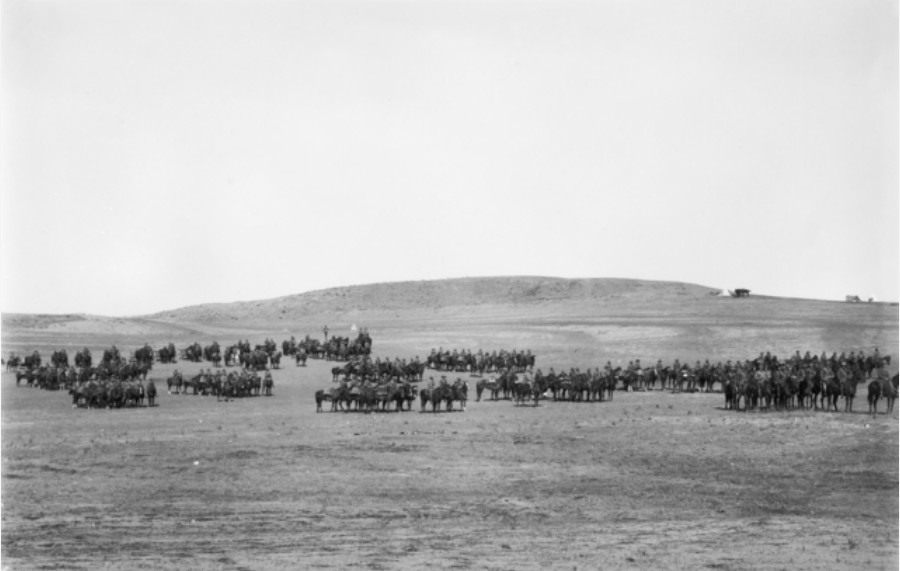
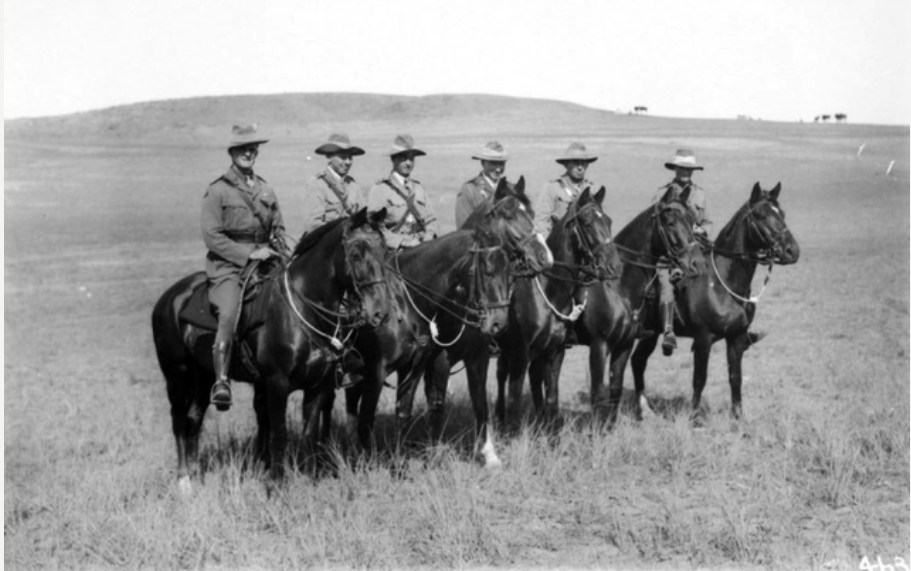
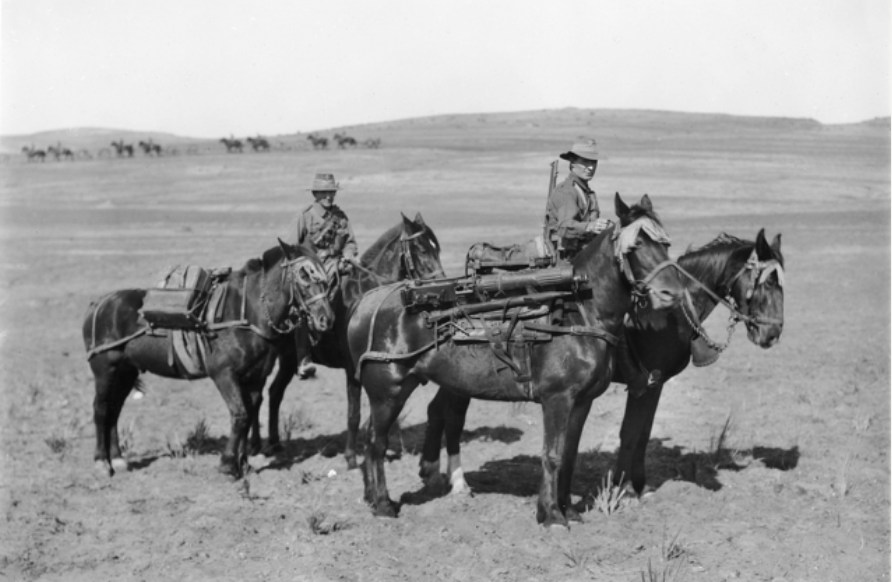
AWM Images: Group portrait of officers of the Machine Gun Squadron of the 2nd Australian Light Horse Brigade on their horses. Major Cain, Officer Commanding (left). Others unidentified. Ottoman Empire: Palestine, Rishon. November 1918; Pack horses with Vickers machine guns and ammunition of the 2nd Australian Light Horse Brigade. Ottoman Empire: Palestine, Rishon. November 1918.
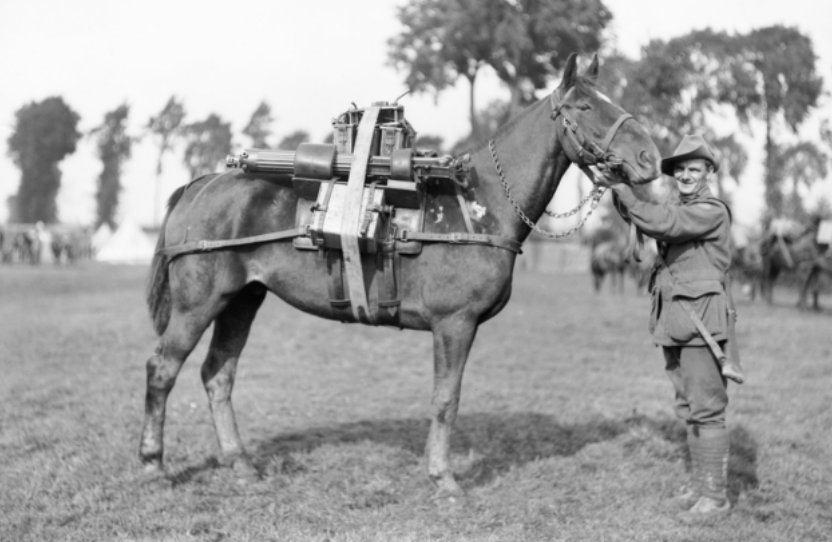
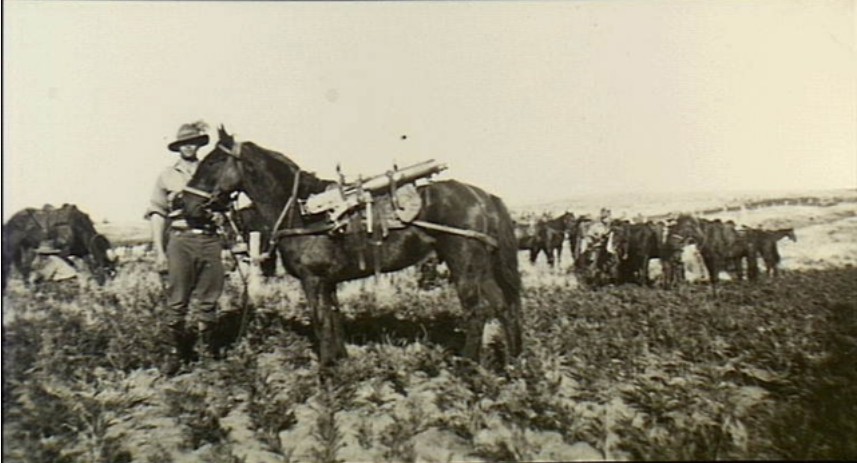
AWM Images:… 244 Driver F W Stephenson, 2nd Australian Machine Gun Battalion, with a pack horse loaded with a machine gun at the Australian Pack Training School at Morbecque. This method of transport was being developed in anticipation of the subsequent operations in the Ypres salient. rance: Nord Pas de Calais, Nord, Morbecque. 29 August 1917; An unidentified Australian member of, probably, a Light Horse Machine Gun Squadron. He is standing next to his tethered horse which has Vickers Mk 1 machine gun strapped to its back in a pannier mounting; the machine gun is set up for tripod use. In the background are other saddled horses. Ottoman Empire: Palestine. c. 1917.
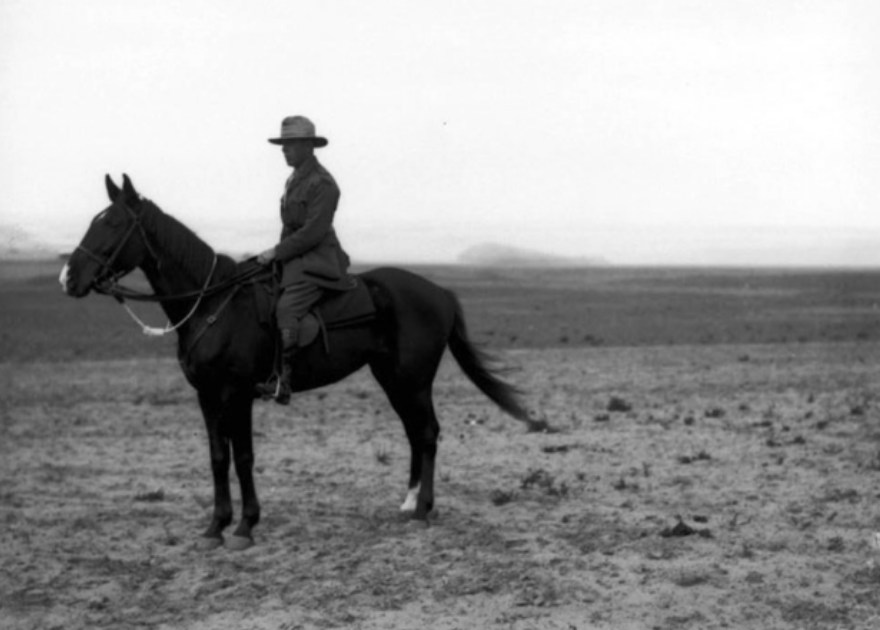
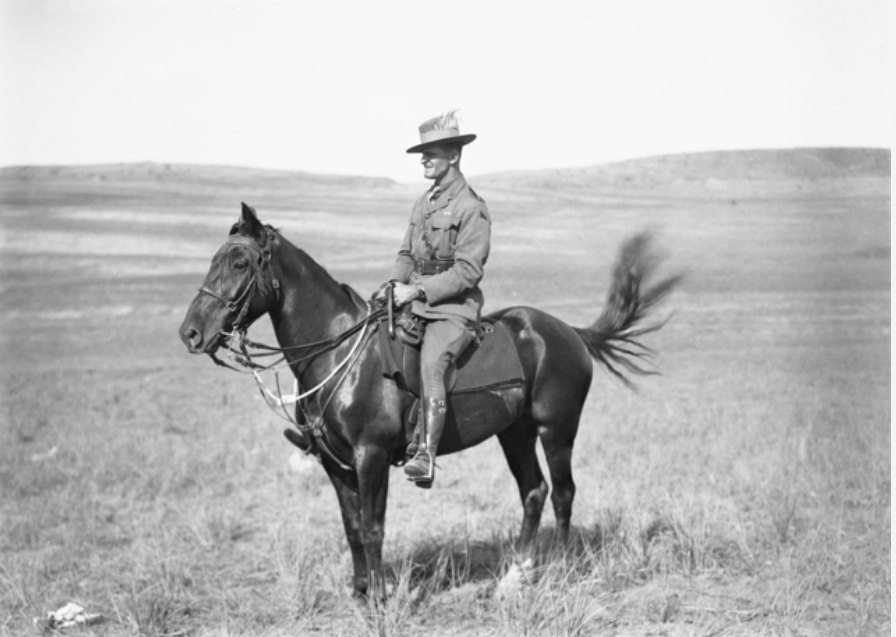
AWM Images: Informal portrait of Lieutenant K C Fraser, 2nd Australian Light Horse Machine Gun Squadron on his mount. Egypt: Frontier, Sinai, Rafa. February 1919; Major J. R. Cain, Officer Commanding, Machine Gun Squadron, 2nd Australian Light Horse Brigade, mounted on his horse. Ottoman Empire: Palestine, Rishon. November 1918.
Image:
‘Lieutenant Dunningham of the 5th Australian Machine Gun Battalion on his horse in the rest area which was known as Kent Camp.
The 4th and 5th Machine Gun Battalions (reorganised from the previous Machine Gun Companies) are about to march south to halt the German Spring offensive at Hebuterne in French Flanders. 17 March 1918.’
AWM
